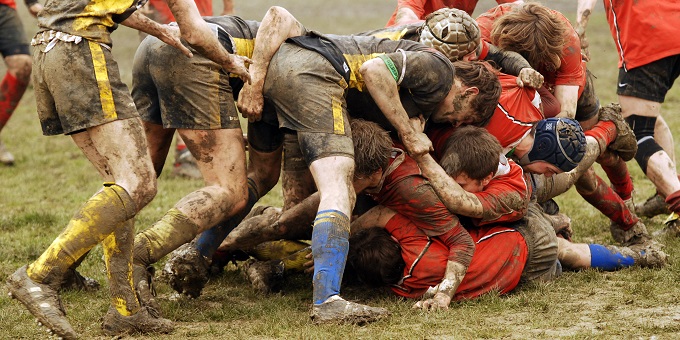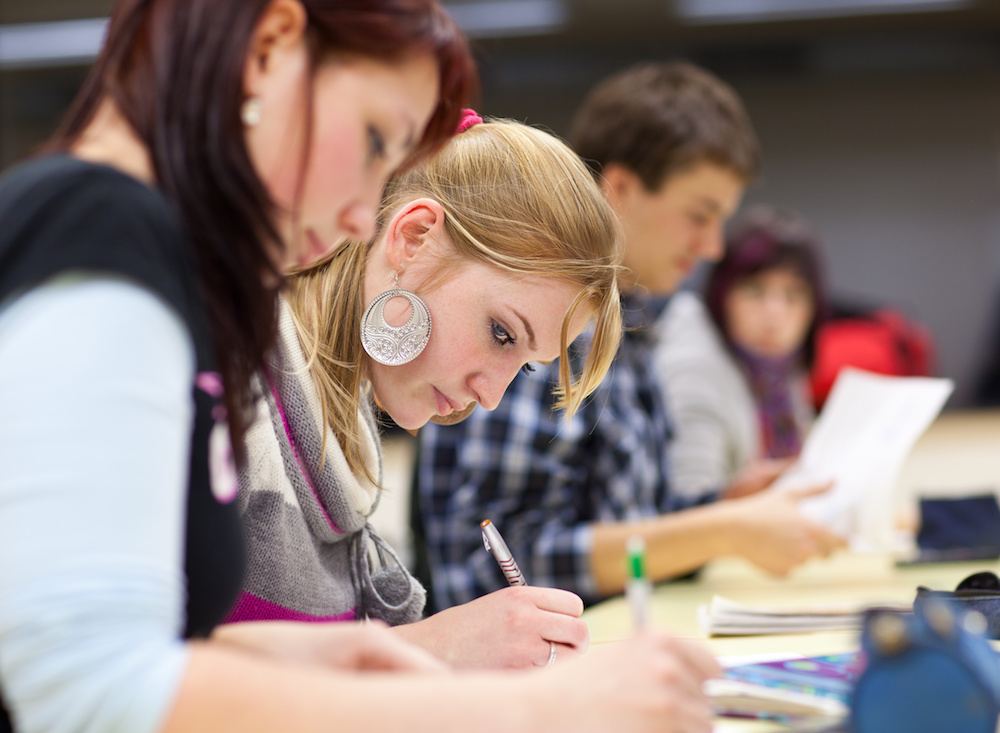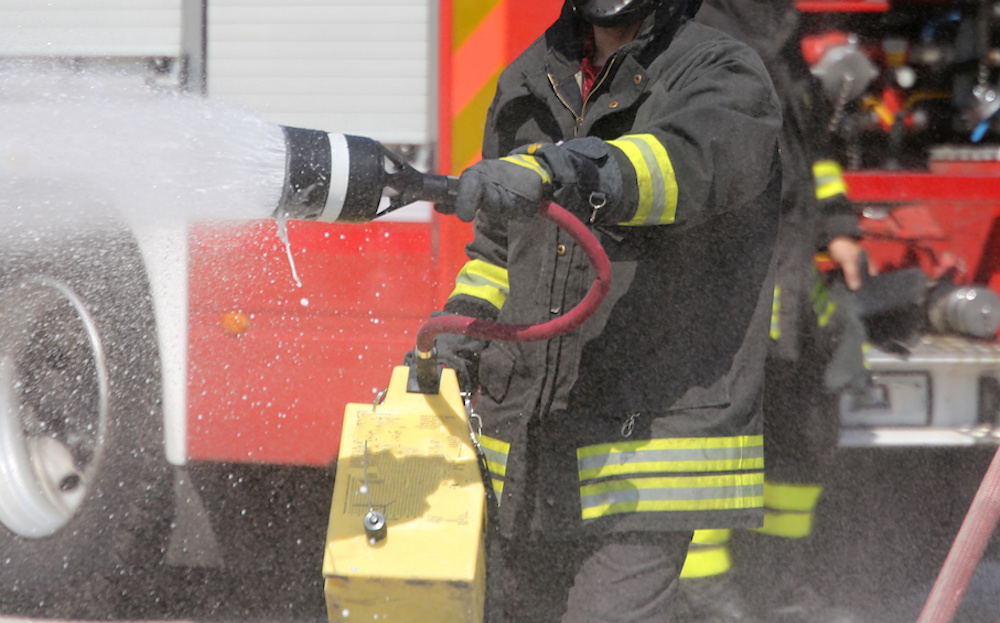Using your extra skills in the classroom: why not?

Teachers tend to get siloed into their ‘teaching area’ and the side-area most commonly associated with it.
You know what I mean – I have a Bachelor of Science, so I trained in science education and therefore I teach science (completely fair enough, expected, and necessary). My side-area is maths so I teach that as well, because apparently if you can teach science you can also teach maths. The same thing happens with English and humanities. Also, for some reason, PE and junior science.
Putting aside the issues with those assumed associations, I feel like all the other skills teachers have tend to get pushed to the back-burner.
It’s seems as though no-one is interested in other skills you may be able to pass along to your students, unless they were part of your teaching degree. There are rarely opportunities to show off these skills, and you never get asked, so senior leadership teams just don’t know they exist. And if they don’t know you have additional skills, they can’t help you put them to use.
Sometimes you get a school that has an ‘open’ elective for you to take on. The type of situation where you are allowed and encouraged to teach something you enjoy that isn’t necessarily part of any curriculum. I did a STEM version of this while I was in England, while other teachers did things like yoga, fishing, programming, and cooking. These sorts of programs are ideal for allowing teachers the space, time, and resources to pass along non-curriculum skills to their students, without expecting them to be extra-curricula and out of class time.
While I had an absolute blast doing the STEM teaching (we did things like art and science, engineering challenges, a maths-art day, and using forensics to solve a ‘murder scene’), there is a skill set I have that I feel is grossly underused.
Why you are so much more than ‘Just A Teacher’
I have a Master of Communication, majoring in Science Communication – I completed it before moving into education. Through that degree I learned how to write professionally. I am qualified to copy-edit texts, write journal articles and press releases, and design museum displays. All of these skills I don’t get to use as a teacher, at least in my current situation. The best I’ve done so far is to write curriculum plans, and slip in bits and pieces when I can into my science teaching.
I would love to teach professional writing to students – it’s something that I truly believe should be taught to all first-year university students at the very least. The ability to write well is so very important, yet it isn’t something we really focus on. I know in English students are taught to write, but not at the level I was taught to in the Masters course. I am actually embarrassed to look back at the way I used to write, even in my undergrad degree, because it is quite horrendous compared to how I write now.
I know some of you will be reading this thinking my writing is still awful, and perhaps it is (mostly because I am too lazy to copy-edit my blog posts to the extent that I should be… perhaps I will get back in that habit). But I know damn well I write better than half of the teachers I teach with, and it is a skill I could pass on to my students.
The problem is, teaching my students how to truly write well just isn’t something I get the necessary time to do as a science and/or maths teacher. There is only so much feedback I can give within the scope of my subjects that is beneficial to building those types of skills. I try and do as many literacy activities as I can, but that isn’t really teaching them how to write well. I know they need to build up those precursor skills first, so I try and do as much of that as I can, but it is difficult when it’s not the purpose of the curriculum I have to teach them.
I would love to be able to take a bunch of students under my wing and teach them how to write. It would mean developing some sort of program, and then having a significant amount of time to be able to work with them. Learning to write well can’t be done quickly, it takes a whole lot of time and even more practice. I know I could do it as an extra-curricular activity, and I know a handful of very dedicated senior students would probably participate.
But one problem is getting senior leadership on board with the idea of me teaching a skill I’m technically not trained to teach. Mathematicians and scientists are not traditionally thought of as good writers, so I have no doubt I’d have to somehow ‘prove’ my ability. I don’t think this blog would work as evidence.
The other issue would be one of time. Adam Hill talks brilliantly about the issue of workload in this article and this article, and hits a few points smack bang on the head. Namely, the fact that we are being given more and more hoops to jump through and boxes to tick, and those processes are taking away the ‘spare’ time we have to dedicate to our craft while maintaining a good mental health state. If I have a more reasonable workload when I return to teaching, I know I could implement this teaching-to-write plan on top of my normal classes and not drown. It would be igniting my passion, as Adam talks about, albeit in an area not related to those I am supposed to teach.
I wonder if when I return from maternity leave I will be in a position where I could suggest the idea of running writing workshops, and what sorts of hoops I’ll have to go through to make it happen. I am much more than just a ‘science teacher’, and I’d love to start using my extra skills for the benefit of my students, and not just for the purposes of this blog.
What extra skills could you bring to the table? Have you found a feasible way to pass along your expertise?






